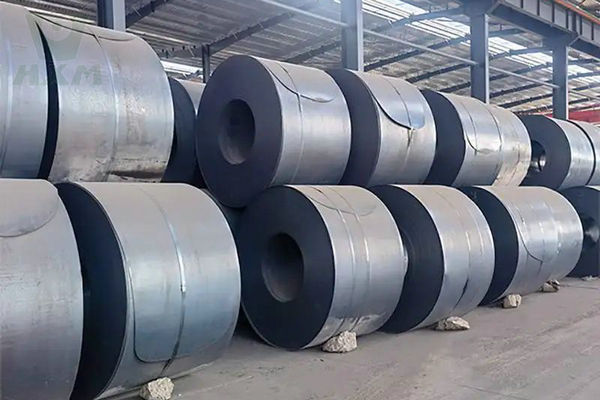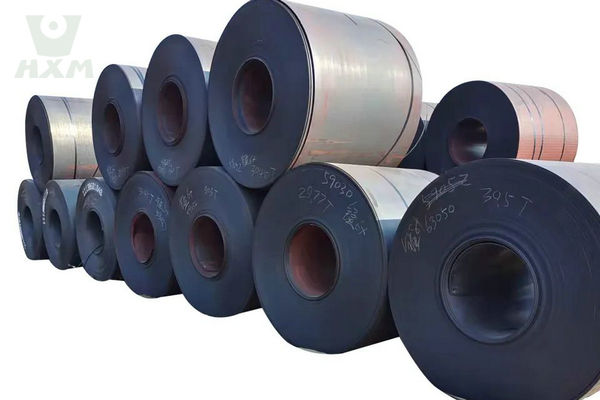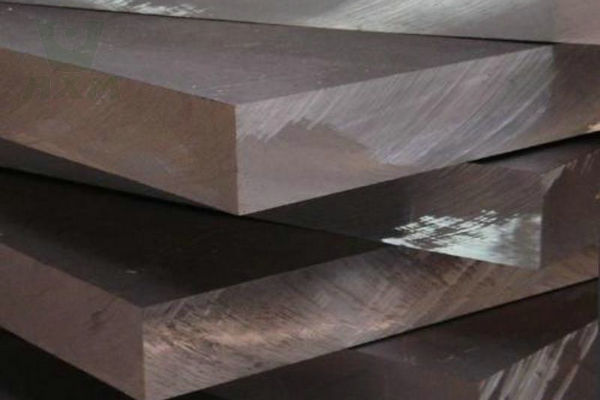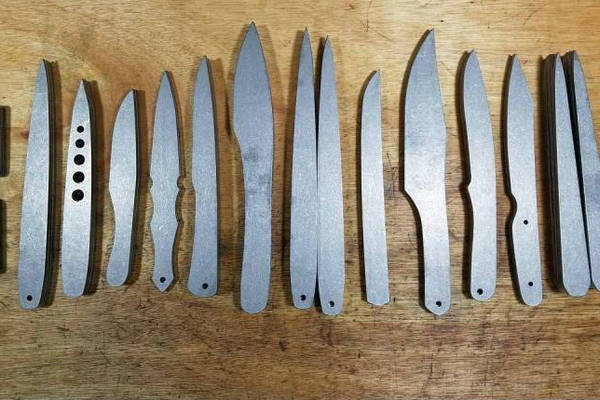1060 and 1095 are both carbon steels that are commonly used by knifemakers and other applications that require a durable and resilient metal. The main difference between these two steels is their carbon content, which affects their hardness, toughness, and other properties. Here is our company’s introduction to the difference between 1060 vs. 1095 carbon steel, and which one is better?
What is 1060 Carbon Steel?
1060 carbon steel is a high carbon steel alloy with the chemical composition of 0.60% carbon, 0.55% manganese, 0.35% silicon, 0.20% phosphorus and 0.04% sulfur. Due to its high strength-to-weight ratio, good weldability, good corrosion resistance, high temperature resistance and low cost, it is widely used in automotive parts, building materials, mechanical parts, tooling, cutting tools and other fields.
What is 1095 Carbon Steel?
1095 is an ultra-high carbon steel, an American standard grade, belonging to the 1090 series of SAE-AISI steel. It is composed of carbon steel with a carbon content of 0.90-1.03%. 95 means the carbon content is around 0.95%, and it also contains a small amount of alloying elements such as manganese, silicon and phosphorus. The chemical composition of this steel ensures its excellent hardening properties and wear resistance.
What is the Difference Between 1060 vs. 1095 Carbon Steel?
The primary difference between 1060 and 1095 carbon steel lies in their carbon content, which significantly impacts their hardness, toughness, and overall suitability for various applications. Here’s a detailed comparison:
Chemical Compositions of 1060 vs. 1095 Carbon Steel
| Element | 1060 Carbon Steel | 1095 Carbon Steel |
|---|---|---|
| C | 0.60% | 0.95% |
| Mn | 0.60%-0.90% | 0.60%-0.90% |
| Si | ≤0.15% | ≤0.15% |
| S | ≤0.05% | ≤0.05% |
| P | ≤0.04% | ≤0.04% |
Carbon: Carbon content is crucial in determining the hardness and strength of steel. Higher carbon content, as seen in 1095 steel, results in greater hardness but can make the steel more brittle compared to 1060 steel.
Physical Properties of 1060 vs. 1095 Carbon Steel
| Property | 1060 Carbon Steel | 1095 Carbon Steel |
|---|---|---|
| Hardness (HRC) | 57-60 HRC (heat-treated) | 60-65 HRC (heat-treated) |
| Tensile Strength | ~750 MPa | ~850 MPa |
| Yield Strength | ~550 MPa | ~700 MPa |
| Impact Toughness | Higher, more impact-resistant | Lower, more brittle |
| Wear Resistance | Moderate | High |
| Ductility | Higher, more flexible | Lower, less flexible |
Applications of 1060 vs. 1095 Carbon Steel
1060: Better for tools and blades where durability and impact resistance are needed.
1095: Better for precision cutting tools and blades where edge retention is more important than toughness.
Cost of 1060 vs. 1095 Carbon Steel
1095 carbon steel is usually priced higher than 1060 carbon steel due to its higher carbon content and the more complex processing required to achieve its properties. If you need exact pricing, please contact us directly as the prices of 1095 carbon steel and 1060 tang steel vary depending on market conditions, carbon steel suppliers, and purchase volume.
Welding Performance of 1060 vs. 1095 Carbon Steel
1060 Carbon Steel: Easier to weld due to lower carbon content, with fewer hardening and brittleness issues. Proper preheating, filler material selection, and control of welding conditions are still important to ensure good weld quality.
1095 Carbon Steel: More difficult to weld due to higher carbon content, which increases the risk of hardening and cracking. Careful preheating, proper filler material, and post-weld heat treatment are required to control the increased hardness and prevent weld defects.
Is 1095 Carbon Steel better than 1060 Carbon Steel?
We need to understand that no one steel is better than another; it depends on the specific needs of your application and we will select the best grade for your project. 1095 steel is suitable for applications that require maximum hardness and edge retention, while 1060 steel is favored for its toughness and ease of welding.
1095 Carbon Steel: Better suited for applications that require high hardness and excellent edge retention, such as high-performance cutting tools and precision blades. However, it is more likely to become brittle and more difficult to weld.
1060 Carbon Steel: Better suited for applications that require a balance of toughness and hardness, better weldability, and better impact resistance. Good for general-purpose tools, broadswords, and swords.
In Conclusion:
1095 carbon steel is well suited for applications that require high hardness and excellent edge retention, such as high-performance cutting tools and precision blades. However, it can be more brittle and more difficult to weld.
1060 carbon steel strikes a good balance between toughness and hardness, making it suitable for general-purpose tools, large knives, and swords. It is easier to weld and has better impact resistance, although it may not hold an edge as long as 1095 steel.
The choice between the two depends on whether extreme hardness and wear resistance (1095) or toughness and ease of welding (1060) are the priorities.









